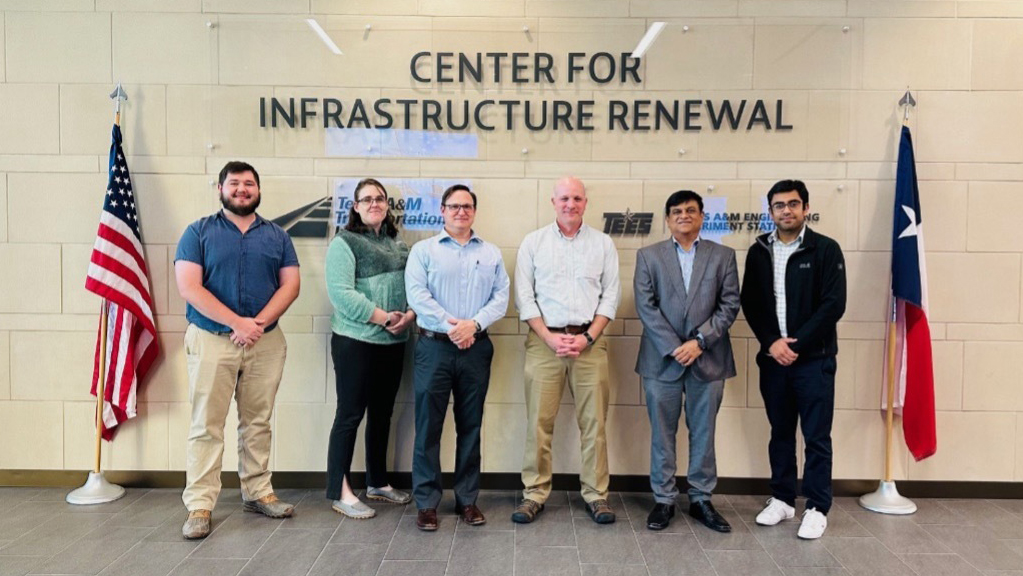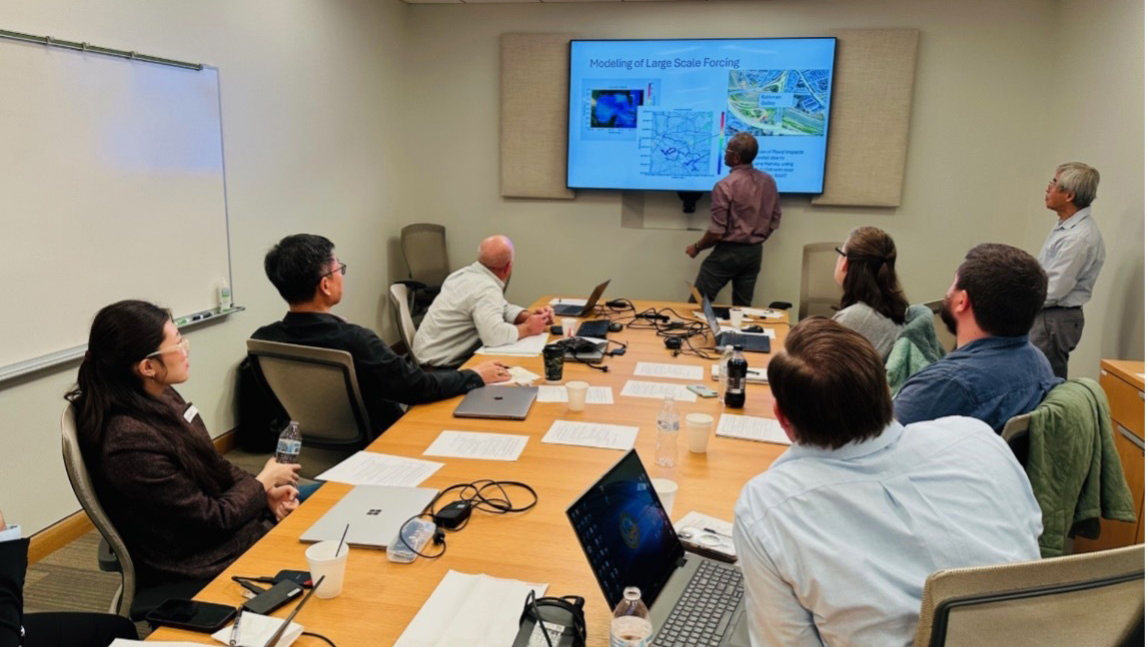
Aging dams and levees in the United States face growing risks from overtopping and breach failures due to increasing extreme weather events. Currently, the US has over 94,000 dams and nearly 30,000 miles of levees nationwide, and many of these critical infrastructures are becoming increasingly vulnerable.
A four-year $1.2 million grant from the Engineer Research and Development Center (DOD-COE-ERDC) underscores the importance and urgency of this work, providing crucial funding to explore innovative solutions and conduct extensive research.
Overtopping, a leading cause of failure, occurs when waves overtop the crest of the embankment, or the water level rises above the crest. This leads to soil erosion, structural instability, and often catastrophic breaches.
With retrospective knowledge and data collected from infamous examples of dam and levee failures, including Oroville Dam (California 2017), Edenville Dam (Michigan 2020), and overtopped levees in New Orleans during Hurricane Katrina (2005), the vulnerabilities of aging infrastructure, especially in the face of extreme weather events due to climate change, have become more apparent over time.
Recognizing this escalating threat, a multidisciplinary research team at Texas A&M University led by primary investigator Dr. Jean-Louis Briaud has started a comprehensive study entitled “Investigation into Overtopping Mitigation Strategies.”
The research team aims to mitigate overtopping and breach-induced failures of dams and levees by better understanding the mechanisms leading up to and causing failures. The team is addressing these challenges through an integrated approach involving multi-departmental research that combines laboratory experiments, computational simulations and large-scale flume tests, which simulate the flow and acceleration of water over a structure.

Exploring innovative solutions to enhance embankment strength and resilience to overtopping erosion is also core to this research, including mechanical reinforcements like geosynthetics and sustainable soil improvement techniques such as chemical and biological treatments compatible with vegetation.
The kickoff meeting for this project took place at the Center for Infrastructure Renewal (CIR) on November 19, 2024, drawing a large attendance to celebrate the grant funding and upcoming research. The event was marked by extensive collaboration and interdepartmental discussions about the anticipated research and experiments. This meeting covered many topics about overtopping erosion, including the optimization of the best solutions to be considered at this time. A visit to the CIR labs took place in the afternoon.
The ERDC team present at the kickoff meeting consisted of Lucas Walshire, Chris Price, Katherine Winters, and Tyler Vroman. The CIR team consisted of Jean-Louis Briaud, Anand Puppala, Yong-Rak Kim, Hamn-Ching Chen, Dallas Little, James Kaihatu, Puneet Bhaskar, and their students Ayazhan Bazarbekova, Jaime Suarez, and Ali Doostvandi.
By combining innovative research at the CIR with practical applications, this initiative aims to equip dams and levees with the resilience needed to withstand the challenges of a changing climate. This research is crucial in safeguarding communities, ecosystems, and infrastructure against the growing threat of levee and dam failures, ensuring a safer and more resilient future.